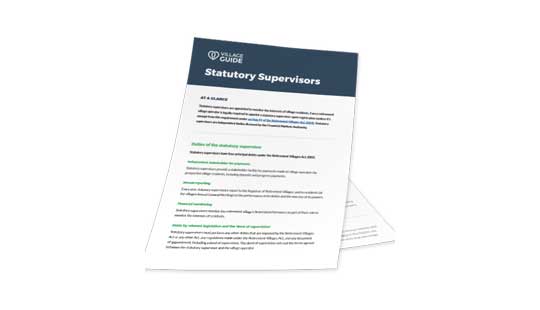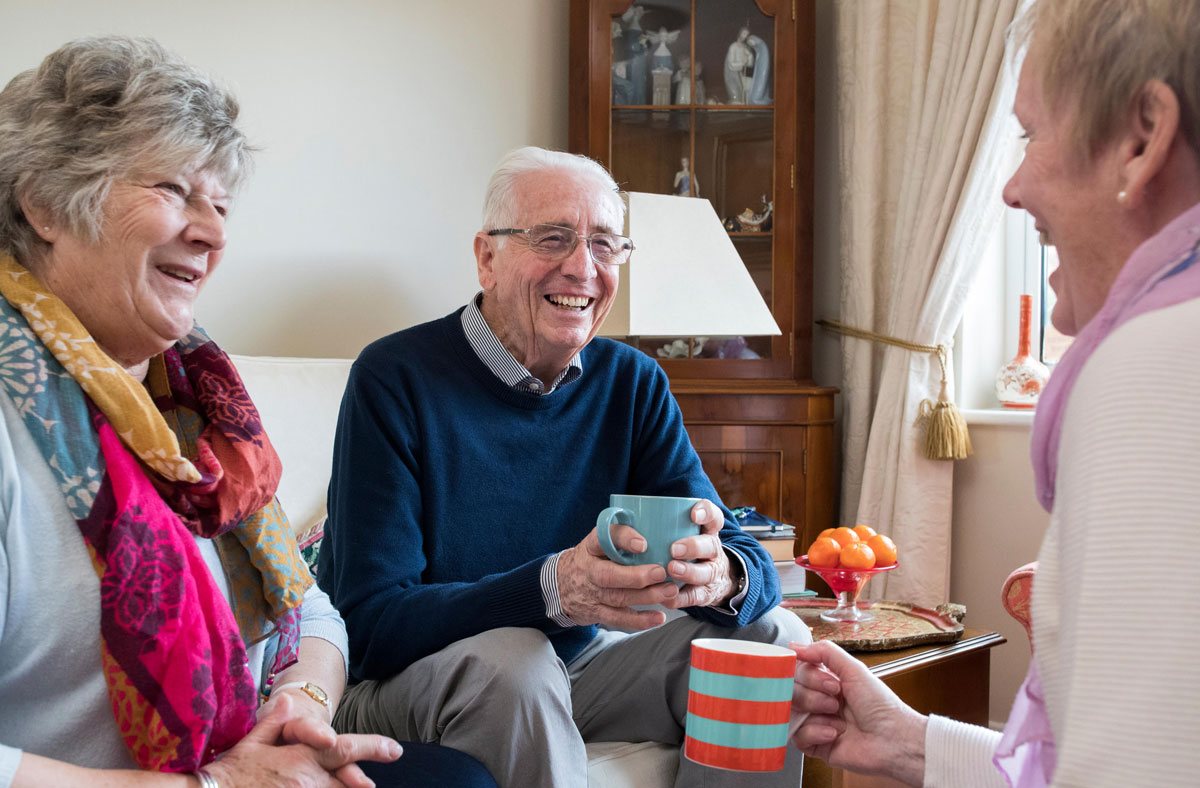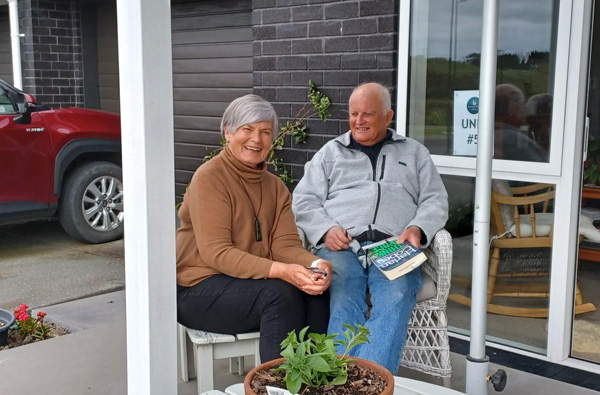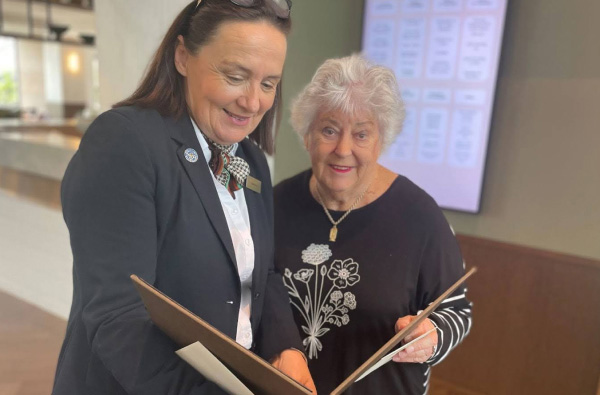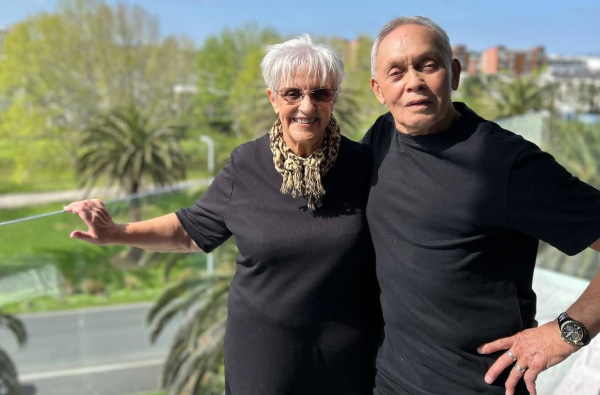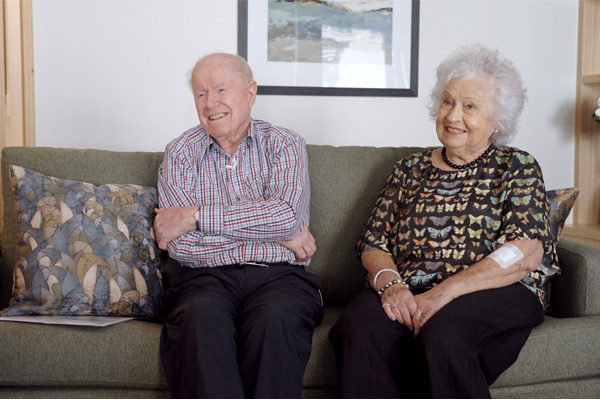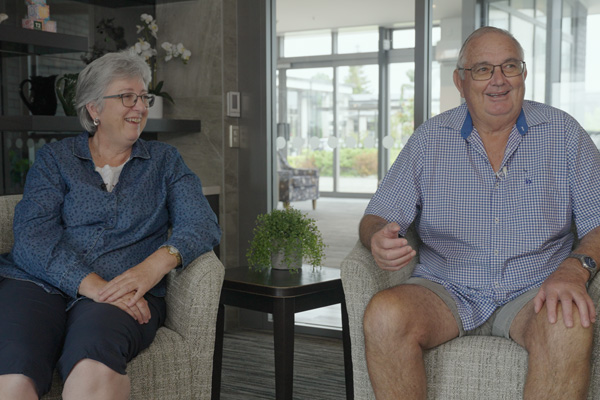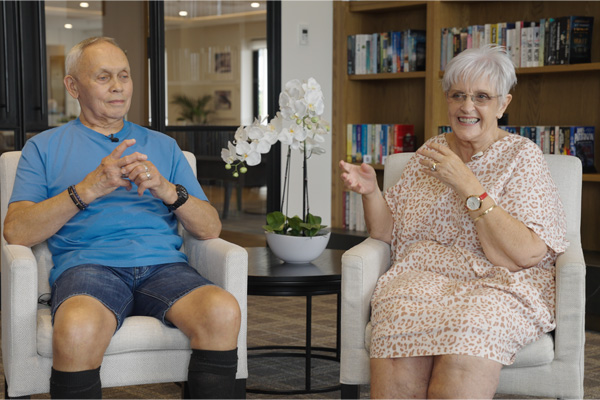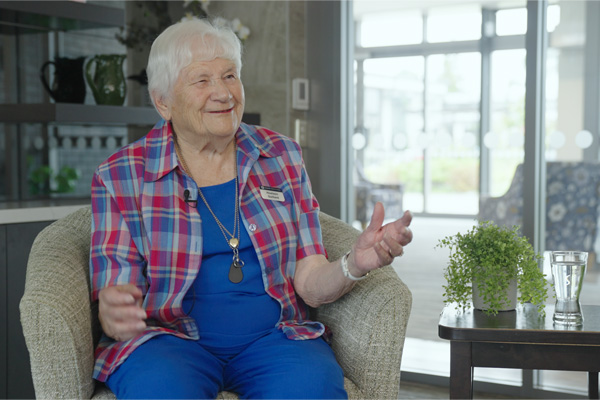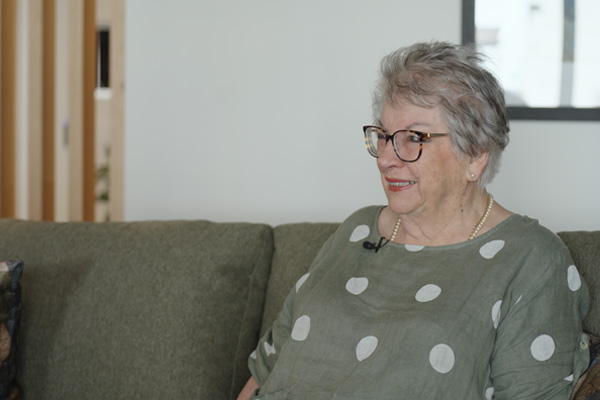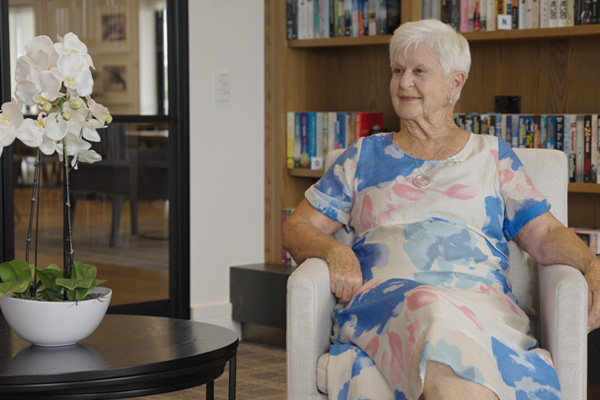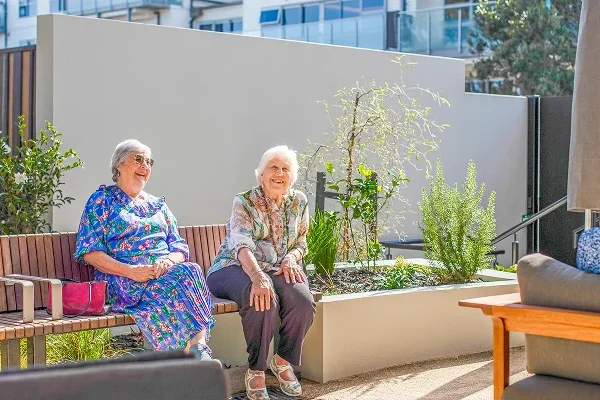Resource Centre
Resources
Articles, booklets, and checklists to help you make an informed decision about retirement villages.
Retirement village costs
Understanding the financial considerations of living in a retirement village. Covering entry costs, costs while residing in a village and costs when leaving a village.
Legal and key documents
An introduction to retirement village contracts and paperwork to help you better understand the application process. An introduction to retirement village contracts and paperwork to help you better understand the application process.
Leaving a village
When a resident leaves a village, it’s usually (but not always) the operator’s responsibility to sell the licence to occupy for the vacant unit. So, how does the sales process work?
Operators responsibilities
A retirement village operator has certain responsibilities to it's residents. These include insurance responsibilities, what happens if your home is damaged by an event such as a flood or fire and how your financial interests are protected.
Living in a retirement village
More New Zealanders are choosing to live in retirement villages, drawn by benefits such as having maintenance homes, companionship, security, and healthcare. As with every significant decision, there are pros, cons, and plenty of things to consider. The following articles aim to provide an insight on the benefits retirement villages can offer seniors.
Retirement village guides
Here, you will find a wealth of information about retirement villages in New Zealand. We recommend starting with the first booklet, ‘A guide to retirement village living’, and going from there.

Log in to Village Guide
Save villages to your favourites and update your preferences
For village managers, operators and admin
Log in to Village Guide
Sign up to Village Guide
Reset your password
View your Saved list
You can request an Information Pack for multiple villages by adding them to your Saved List. When ready, complete the form within your account area.












